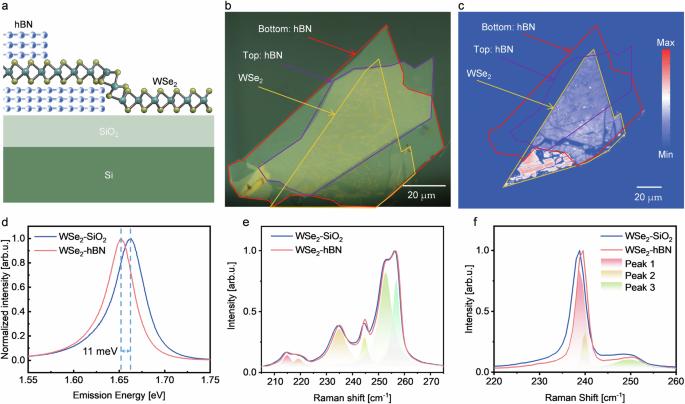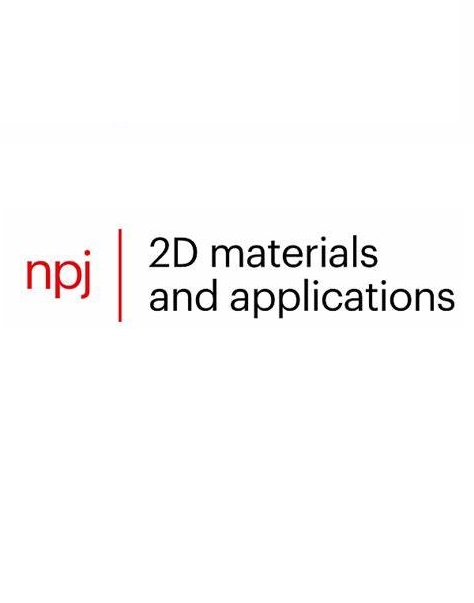Transient dynamics and long-range transport of 2D exciton with managed potential disorder and phonon scattering
IF 8.8
2区 材料科学
Q1 MATERIALS SCIENCE, MULTIDISCIPLINARY
引用次数: 0
Abstract
Two-dimensional excitons, characterized by high binding energy and valley pseudospin, are key to advancing photonic and electronic devices through controlled spatiotemporal dynamics of exciton flux. However, optimizing excitonic transport and emission dynamics, considering potential disorder and phonon scattering, requires further research. This study systematically investigates the effects of hexagonal boron nitride (hBN) encapsulation on semiconductor monolayers. Time-resolved photoluminescence (TRPL) and femtosecond pump-probe techniques reveal that encapsulation reduces excitonic radiative lifetime and enhances exciton-exciton annihilation, due to increased dielectric screening, which enlarges the Bohr radius and decreases binding energy. It also manages phonon scattering and thermal fluctuations, confirming non-monotonic temperature effects on emission and diffusion. The reduced disorder by hBN leads to a lowered optimized temperature from 250 K to 200 K, concurrently resulting in a doubled enhancement of the effective exciton diffusion coefficient. These findings highlight the importance of thermal and dielectric environmental control for ultrafast 2D exciton-based devices.

具有管理势能无序和声子散射的二维激子的瞬态动力学和长程输运
二维激子具有高结合能和谷伪空素的特点,是通过控制激子通量的时空动态来推动光子和电子器件发展的关键。然而,考虑到潜在的无序和声子散射,优化激子传输和发射动力学还需要进一步的研究。本研究系统地探讨了六方氮化硼(hBN)封装对半导体单层的影响。时间分辨光致发光(TRPL)和飞秒泵浦探针技术表明,封装降低了激子辐射寿命,增强了激子-激子湮灭,这是由于增加了介质屏蔽,从而扩大了玻尔半径,降低了结合能。它还能控制声子散射和热波动,证实了温度对发射和扩散的非单调效应。由于 hBN 减少了无序性,优化温度从 250 K 降低到 200 K,同时导致有效激子扩散系数成倍提高。这些发现凸显了热和介电环境控制对基于二维激子的超快器件的重要性。
本文章由计算机程序翻译,如有差异,请以英文原文为准。
求助全文
约1分钟内获得全文
求助全文
来源期刊

npj 2D Materials and Applications
Engineering-Mechanics of Materials
CiteScore
14.50
自引率
2.10%
发文量
80
审稿时长
15 weeks
期刊介绍:
npj 2D Materials and Applications publishes papers on the fundamental behavior, synthesis, properties and applications of existing and emerging 2D materials. By selecting papers with the potential for impact, the journal aims to facilitate the transfer of the research of 2D materials into wide-ranging applications.
 求助内容:
求助内容: 应助结果提醒方式:
应助结果提醒方式:


